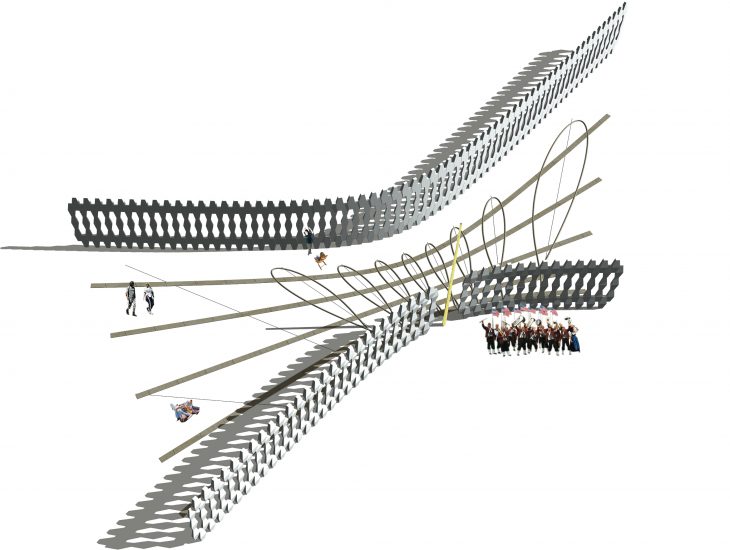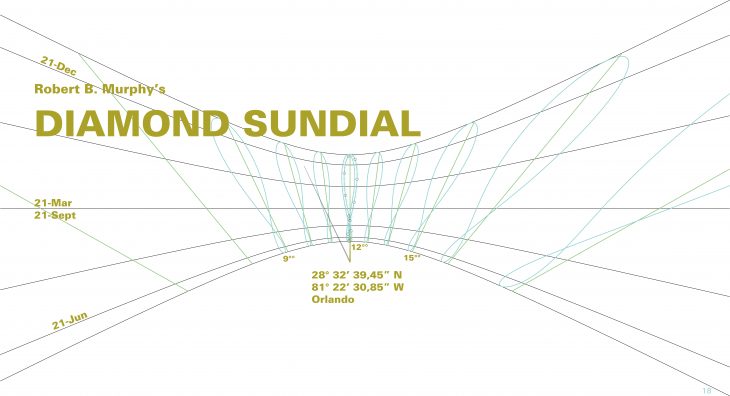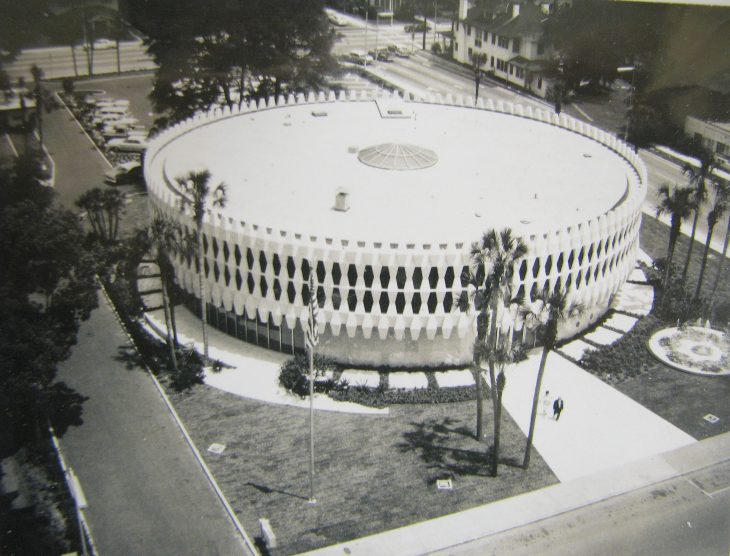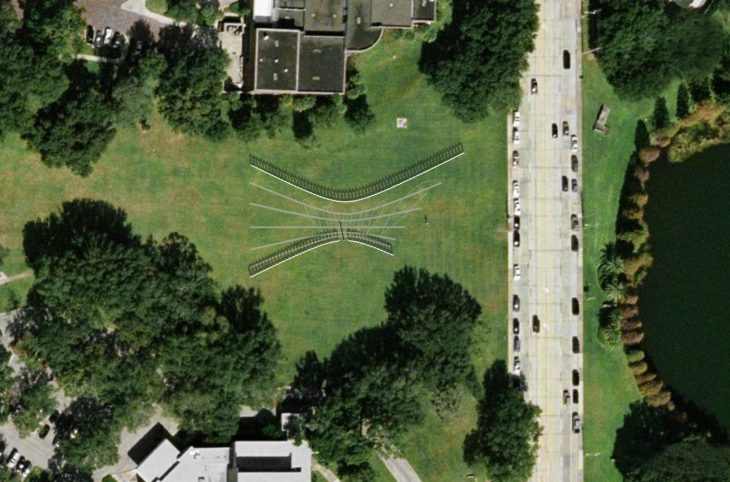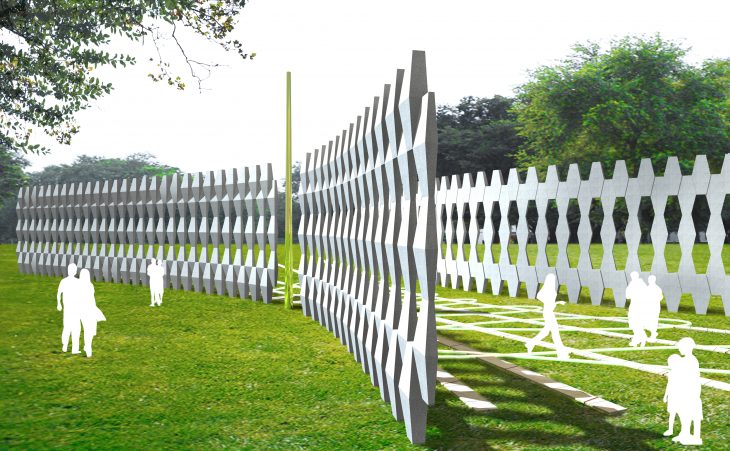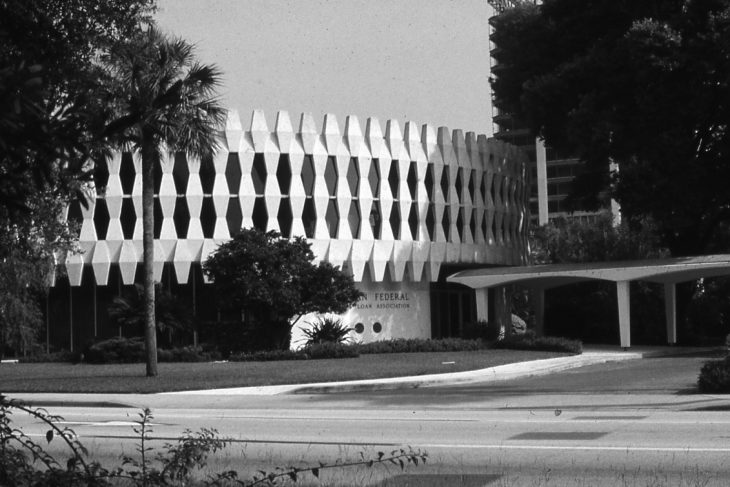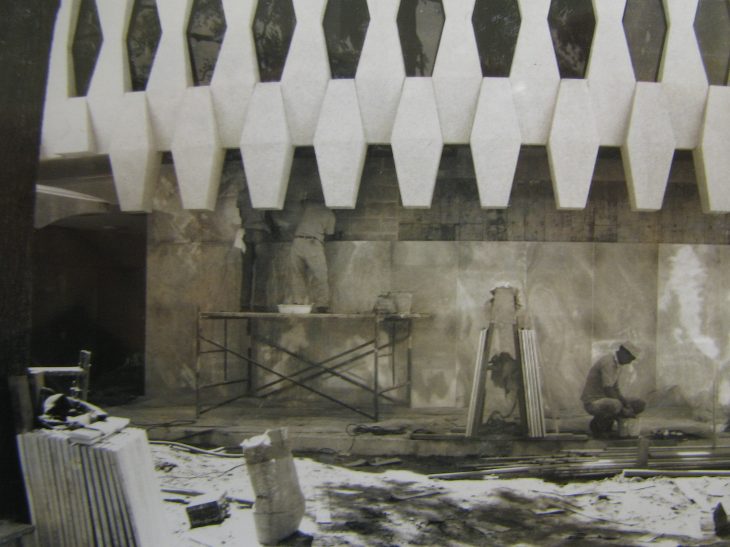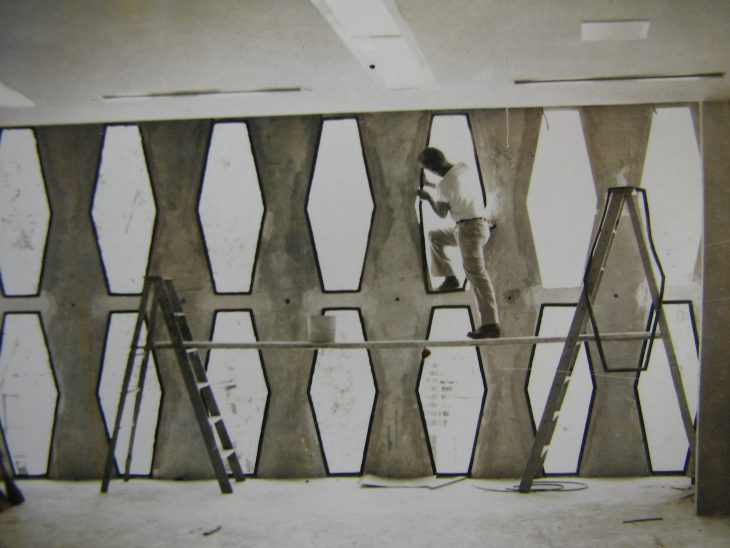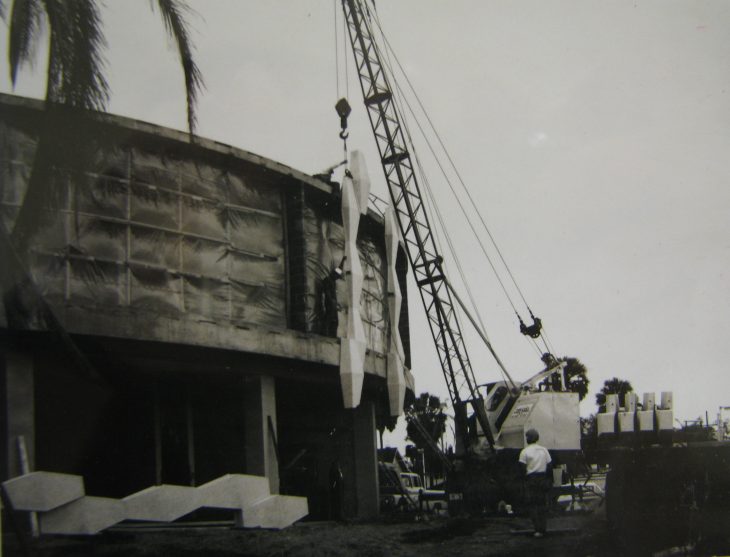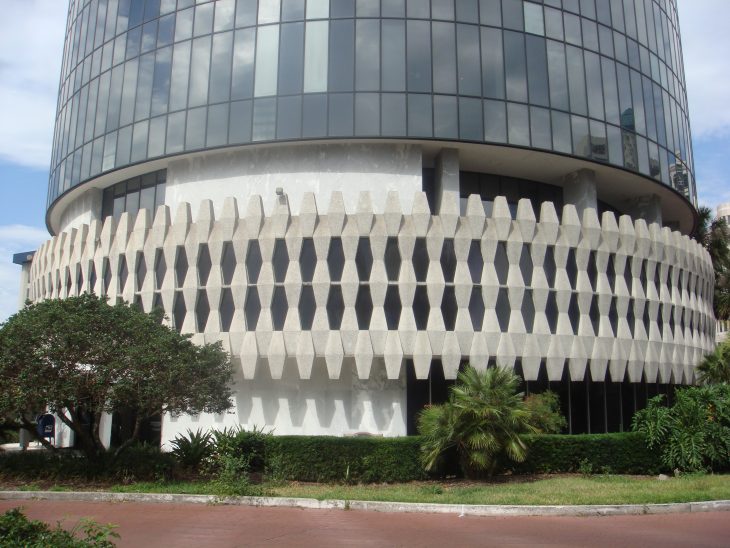Round Building Reuse 360
- Beschreibung:
- international competition for an innovative reuse of The American Federal Buildings (The Round Buildings) precast concrete brise soleil - 1st prize
- Bauherr:
- 360, Nils M. Schweizer Fellows | Central Florida Modern
- Standort:
- Orlando, Florida
- Zeitraum:
- 1. Preis - 2008
- Projektteam:
- René Rissland + Jürgen Lehmeier
Robert B. Murphy´s DIAMOND SUNDIAL
History
Born and raised in Charleston, South Carolina, Mr. Murphy graduated from Harvard. While there, he studied under the tutelage of Walter Gropius, founder of Bauhaus and one of the pioneering masters of modern architecture. He later settled in Orlando in 1947 upon retiring from the Army Air Corps. Bob is arguably the first modernist in Orlando; and, the firm he founded still exists today under the name, HuntonBrady architects. The original American Federal building was built in 1963 by Jack Jennings & Sons. It’s original 2-story design of glass and precast concrete was striking and iconic to the budding city of Orlando. The project under Bob Murphy was also worked on by a young Frank Sheehy before he opened his own practice. Sometime thereafter, the upper glass section was added and the building became commonly known in Orlando as “The Round Building” due to its multiple patron tenants and its iconic shape. This building is scheduled for demolition as part of Orlando’s new performing arts center. Central Florida Modern hopes to persuade city and business leaders to save the precast concrete brise soleil and display it somewhere as a remembrance to this buildings unique modern design in Orlando’s history.
Idea
We suggest to convert the serial concrete patterns of the Round Building into a large horizontal Sundial. The original function of the brise soleil, namely protecting against sunlight is modified into displaying the variation of shadows during the day and over the seasons. The convex shape of the brise soleil turns into the concave of the sundial. The sundial artifact solution combines informative reuse with preserving parts of an icon for Florida’s mid-century modern architecture.
Construction and Material
The gnomon (needle) of the sundial is a simple metal pole. The serial patterns define the minimal and maximum declination lines of the shadow on the ground (Jun/Dec). The other declination lines are marked by white concrete inlays in the ground. The lemniscates displaying the seasonal variation of the sunlight are made of stainless steel inlays.
Placement and Use
Diamond Sundial could be placed at Loch Haven Park, near the Orlando Science Center. There it could also be used for show and tell (scientific experience in nature). During the theater festivals and other events it could also be used as coulisse for performances. Or it simply shows the actual time to passengers. The second (alternative) location could be Lake Shore Eola (Rosalind Ave), a place near the original site of the Round Building. Therby the artifakt reminds directly of the former mid-century modern downtown architecture, a nice part of Orlando´s history. In this place the sundial can be read both by street level and multi-story level. In both cases Diamond Sundial is a kind of “time tube”, connecting urban street situations with landscape areas (park/lake) by showing fragments of history.

